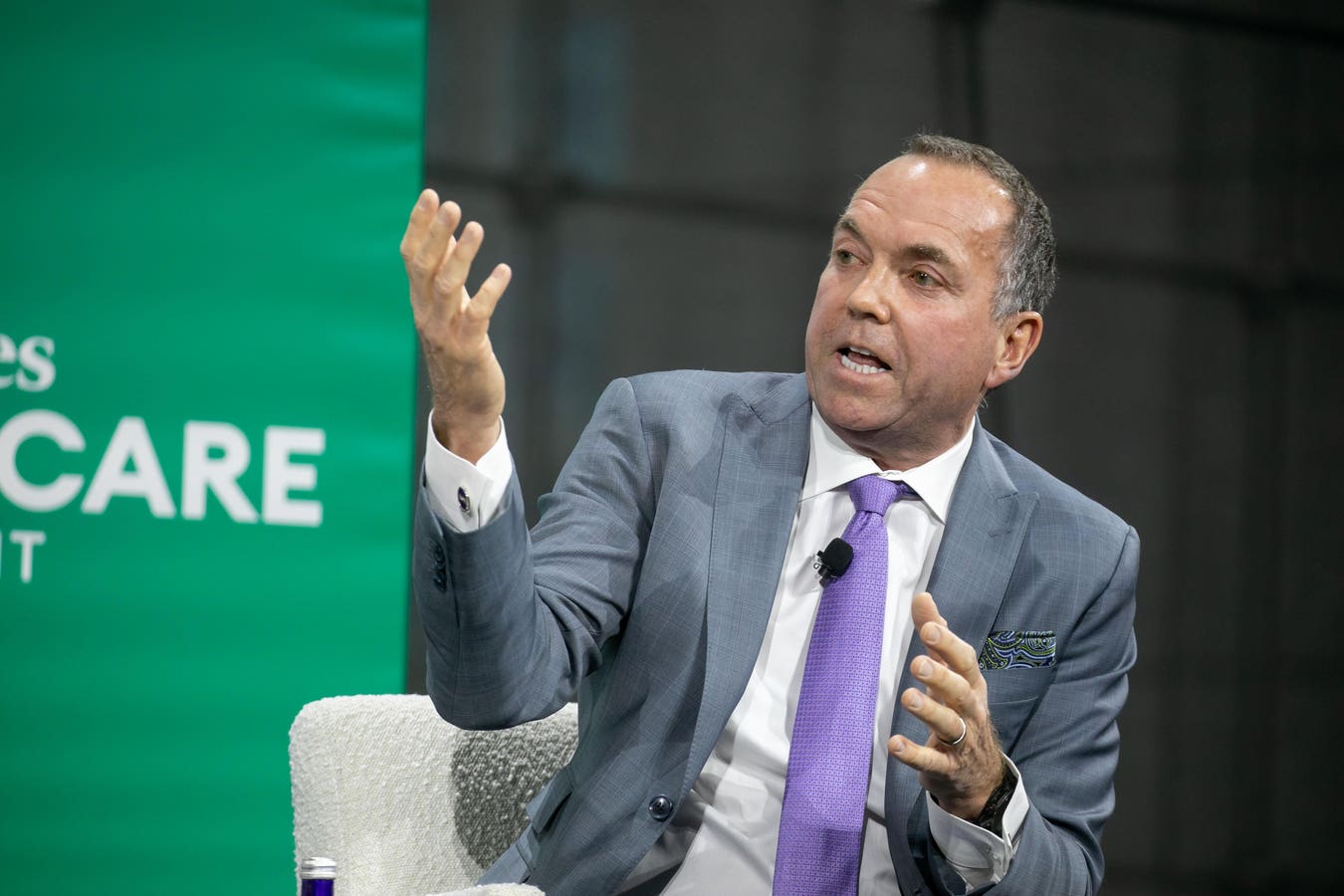Heather Cox is President, Insights & Empowerment at Zelis, a provider of healthcare financial technology solutions.
Welcome to the dynamic world of healthcare, where “interoperability” orchestrates a complex system of data exchange—keeping systems, platforms and users in harmony.
Pardon my chuckle. That’s certainly the ideal, but it doesn’t take a doctorate to know we haven’t gotten there yet. Members expect a seamless healthcare journey that matches the digital experiences they see in other services.
Every level of interoperability, from basic data exchange to governance, is crucial for effective data sharing, reducing administrative burdens and improving patient care. However, this raises questions: How can healthcare organizations advance beyond the foundational level? Is in-house implementation feasible? Why use an eight-syllable word like “interoperability” when simplicity is key?
Real technical issues have caused interoperability to lag within the healthcare industry. New regulations, like those governing federal health IT certification standards, required the industry to solve some of these issues with respect to information in our medical records. At the end of the day, however, different constituents require and leverage data in different ways and for different motivations. The healthcare industry’s lack of interoperability also stems from misaligned data languages and overly complex terminology. Achieving interoperability will only get harder.
Members (as well as payers, providers and staff alike) deserve transparency, education and equity in healthcare. To meet these goals, our systems must speak the same language, and we need to communicate clearly about it.
Healthcare’s Tower Of Babel
To effectively engage with members, health plans need access to real-time, reliable data of the highest confidence. A patient’s or member’s journey throughout the healthcare system is complex. It relies on different providers, care teams and varying organizations. Given all of the varying constituents involved, it can be challenging to get access to hard and exhaustive data.
What’s more, the data is inconsistent. Standardized coding is crucial for accurate data interpretation, but inconsistent or incorrect coding can lead to misinterpretation and hinder clinical decision making.
Additionally, duplicate data entries and poor data integrity can cause confusion and inefficiencies, undermining trust in the shared information. Proper formatting, consistent identification and duplicate-free data are essential for maintaining usability and ensuring smooth back-office processes, timely care and effective communication with patients.
Without addressing these elements, the usability of shared data is severely limited. It impacts everything from back-office processes to the ability to deliver timely and effective care as well as the alignment of communications and education to members.
The API Advantage In Achieving Transparency And Trust
Instead of tasking health plans with the unwarranted role of data interpreters, it makes more sense to implement a hub through which all data can flow. Application programming interfaces (APIs) are a powerful way to communicate and share data. They personalize and make healthcare more affordable while enhancing accessibility and enriching the member experience.
APIs alone won’t guarantee a seamless and meaningful experience for members, but it’s a necessary move that will improve experiences. For example, API-powered search data resources are instrumental when enabling a member to find a doctor in-network with contextualized cost based on individual benefits and elements like quality ratings for high-quality care.
The White House’s executive order (EO) from February 25, 2025, called for better price transparency and clear, actionable pricing information for consumers, allowing them to make more informed healthcare choices. APIs can serve as a critical tool in making this vision a reality. By integrating real-time pricing data, quality ratings and plan-specific benefits, APIs can provide members with the actionable insights they need to navigate their healthcare decisions. As a result, members can not only understand their options but also make choices based on cost, quality and other relevant factors—empowering them in ways previously unthinkable.
This capability is crucial for integrating diverse healthcare applications and platforms, ensuring they work together efficiently. This results in a system in which information flows freely, supports timely and informed decision making, provides price transparency and delivers an improved member experience.
API Matchmaking
Often, a healthcare organization’s tech teams are swamped with maintenance and compliance tasks. Tools that simplify and speed up API adoption are a path to empowering developers. By tapping into API “marketplaces” and collaborating with adept technology partners, healthcare organizations can avoid common pitfalls. Partnerships are vital, as they provide the necessary technological support and integration capabilities.
A strategic API partner can also help integrate price transparency features into existing healthcare systems, ensuring members can access and interpret the cost of services in a clear and accessible manner. This is one of the key objectives of the president’s EO—to equip patients with transparent, accurate pricing information—and API-driven solutions are well-positioned to meet this need.
Seeking A Seamless System
Health plans lacking in-house expertise can tap into external know-how to level up their digital game and easily add new features. Embracing APIs helps health plans improve member experiences and prepare for future digital changes. It comes down to understanding members’ needs. You need to curate and integrate with the right strategic partners to deliver a meaningful member experience, and APIs can enable that.
When choosing a healthcare API partner, payers should consider:
• Is it clear what the partner has to offer?
• What does technology support look like for my organization?
• How is data integrated and kept up to date?
• How will the partner’s services help with adoption and integration?
• What is the partner’s road map and capabilities?
• Does the partner’s ecosystem add velocity to the organization’s strategy?
I believe APIs play a crucial role in helping achieve the holy grail of interoperability. They’re a solution that allows healthcare to function in the way we all envision: payers, providers and members operating in sync toward better health outcomes. However, I propose a new phrase for our goal: seamless systems. Two words but half the mouthful. By simplifying the language around what we hope to achieve (literally and metaphorically), it’s easier to envision a future where greater transparency and equity for members are attainable.
Forbes Technology Council is an invitation-only community for world-class CIOs, CTOs and technology executives. Do I qualify?








